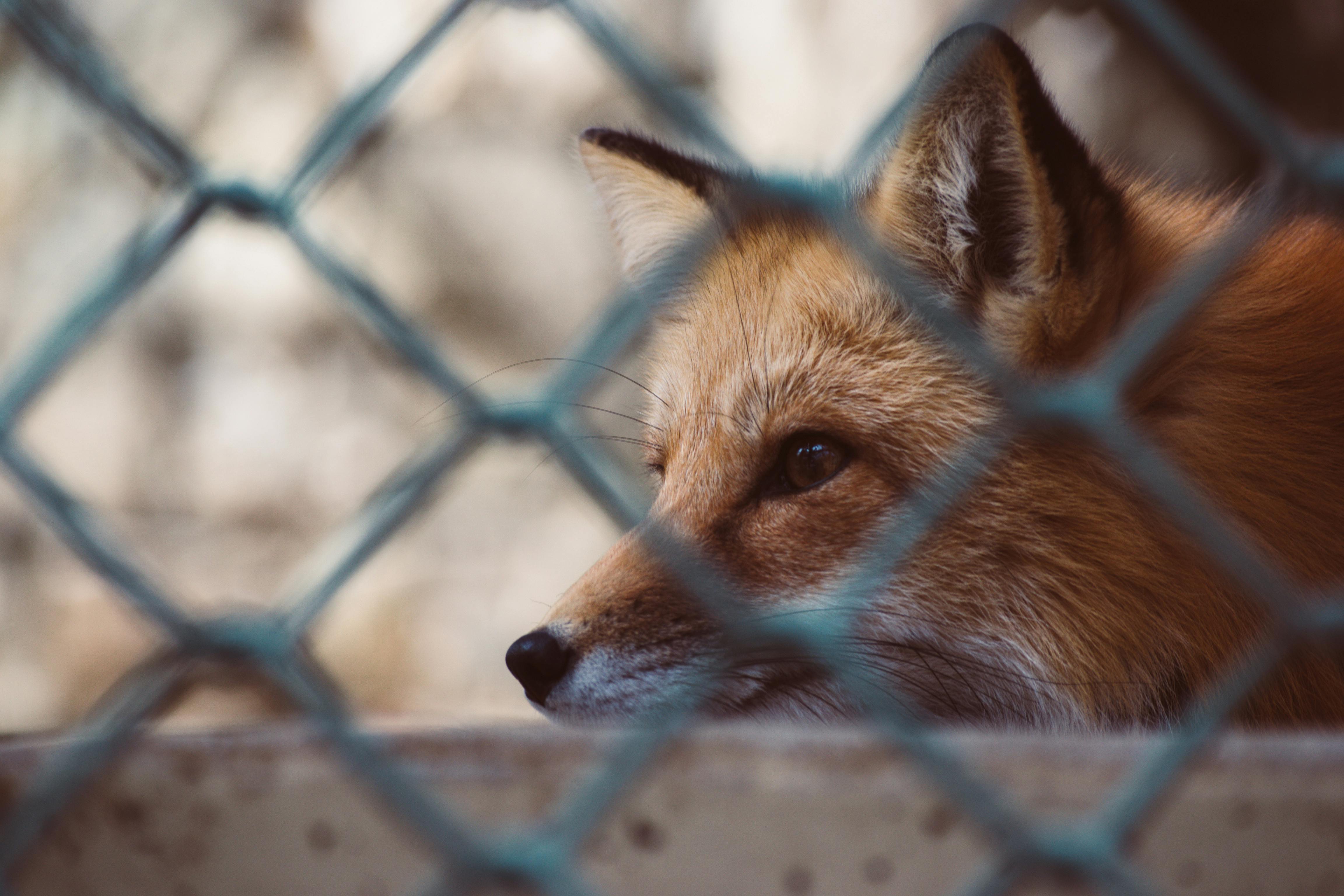"Understanding the Secret Lives of Urban Foxes"
Foxes, especially urban foxes, have always fascinated people with their elusive yet adaptable nature. In this article, we delve deep into the secret lives of these urban dwellers, exploring their unique behaviors, the challenges they face, their interaction with humans, and the impact of urbanization on their existence.

The Urban Fox: A Brief History
Urban foxes are not a new phenomenon. Their history traces back to the 1930s when they first started to appear in British towns and cities. This migration was primarily due to the rapid urbanization of rural areas, which led to loss of natural habitats. Foxes, being highly adaptable creatures, found a way to survive in these new urban environments, feeding off food waste and finding shelter in gardens and derelict buildings.
Current Situation: The Urban Fox Today
Today, urban foxes have become a common sight in many cities around the world. Their population has grown significantly with estimates suggesting there are now more foxes in urban areas than rural ones. This has led to increased human-fox interactions, resulting in a mixture of fascination and apprehension among city dwellers. Despite their increasing visibility, these creatures continue to lead secretive lives, primarily active during the night and early hours of the morning.
The Urban Fox Lifestyle: Adapting to City Life
Urban foxes have shown remarkable adaptability in their ability to survive and thrive in city environments. They have a varied diet that includes rodents, birds, fruits, and insects, but they also scavenge from garbage bins and take advantage of food left out by humans. They are solitary animals, each individual having its own territory which it defends fiercely. Their main threats in urban areas are cars, disease, and sometimes, humans.
Urban Foxes: The Market and Economic Impact
While it’s challenging to quantify the economic impact of urban foxes, their presence in cities has created some market opportunities. Various pest control companies offer services to manage urban fox populations in a humane manner. Wildlife photographers and enthusiasts, too, are drawn towards these creatures, contributing to the local economy. On the other hand, urban foxes can cause damage to property and gardens, leading to financial costs for homeowners.
Conservation and Coexistence: The Way Forward
Research shows that urban foxes play a vital role in maintaining the balance of urban ecosystems by controlling rodent populations. Conservation efforts, therefore, focus on promoting coexistence rather than eradication. Educating the public about these animals, their behavior, and the role they play in the ecosystem is key. City planning also needs to consider wildlife corridors to ensure safe movement for these creatures.
In conclusion, the secret lives of urban foxes offer a fascinating insight into the adaptability and resilience of wildlife in the face of rapid urbanization. They remind us that we share our cities with a variety of other species, and coexistence is not only possible but essential for maintaining the balance of our urban ecosystems. The more we understand these creatures, the better we can learn to live alongside them.





